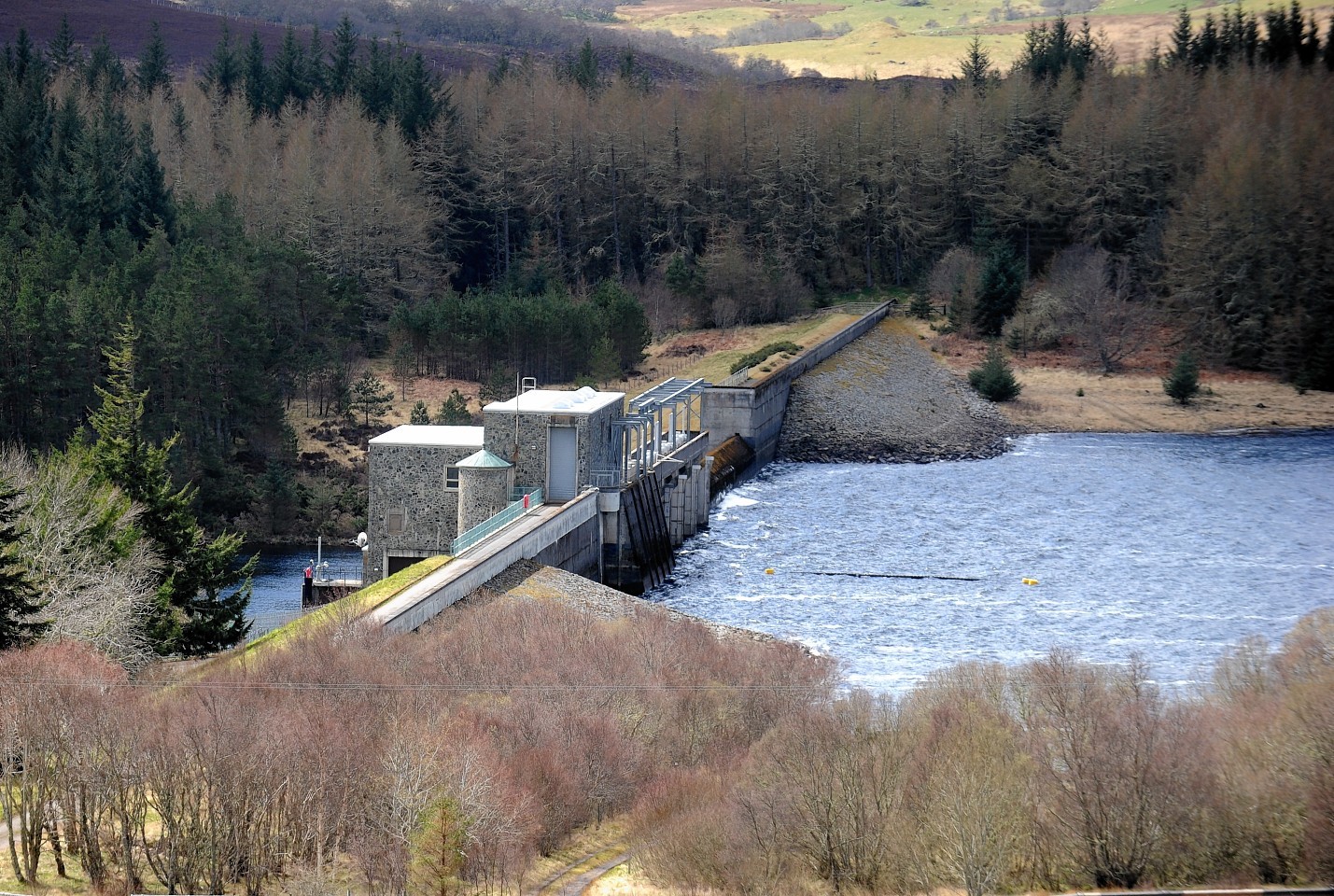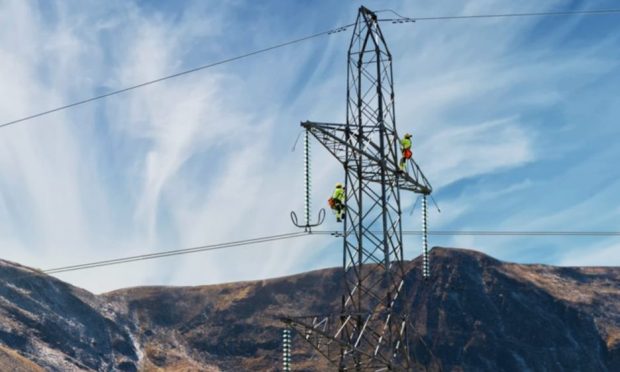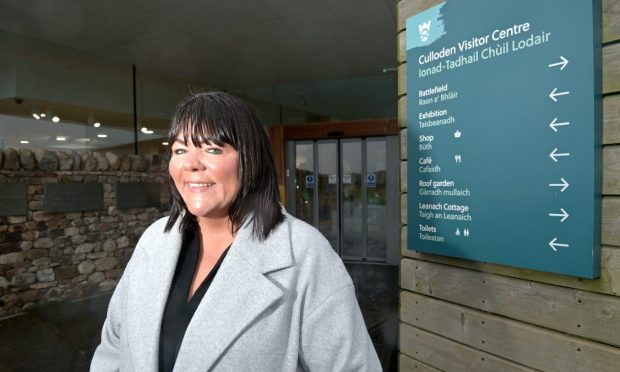Scotland’s ability to generate electricity from flowing water eclipses other parts of the UK, new research shows.
The study by green-energy body Scottish Renewables (SR) highlights this country as the dominant force in hydroelectricity.
According to SR, every hydro project currently in the UK planning pipeline is north of the border.
All 27 schemes with planning consent, representing developments expected to generate a total of 58.5 megawatts (MW), or enough power for 42,000 homes, are in Scotland.
A total of 14 plants are currently under construction and all of these are north of the border, SR said.
New sites being built, including a 1.5MW project at the iconic Falls of Bruar in Perthshire and another on the West Highland Way, near Loch Lomond, are expected to generate a total of 26.8MW.
No projects in England, Wales or Northern Ireland currently have the green light to proceed, SR said.
SR policy officer Hannah Smith added: “Scotland’s terrain and rainfall mean the country is ideal for the development of hydroelectricity, but the rest of the UK has historically invested in this technology too.
“These figures show that a huge cut to support under the UK Government’s feed-in tariff review in December has already caused a contraction in the number of schemes being developed and, it seems, a geographical withdrawal to hydro’s traditional heartland.
“Hydro enjoys huge public support, so it was particularly galling to see cuts of 37% imposed on the sector last year.
“Developers are now looking to innovation to make projects financially viable, which is just one of the topics we’ll be discussing at our conference in May.”
SR’s Hydro Conference and Exhibition at Perth Concert Hall on May 18 will look at alternative sources of finance and how communities can be better involved in novel funding alternatives.










